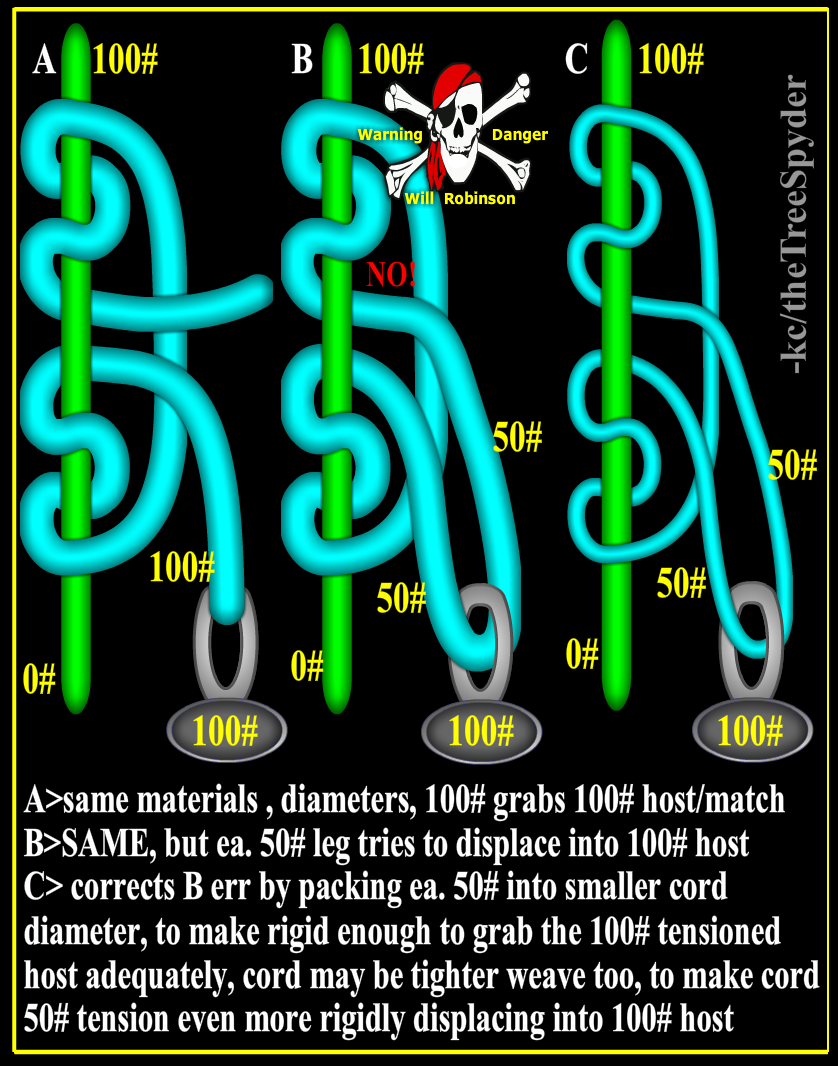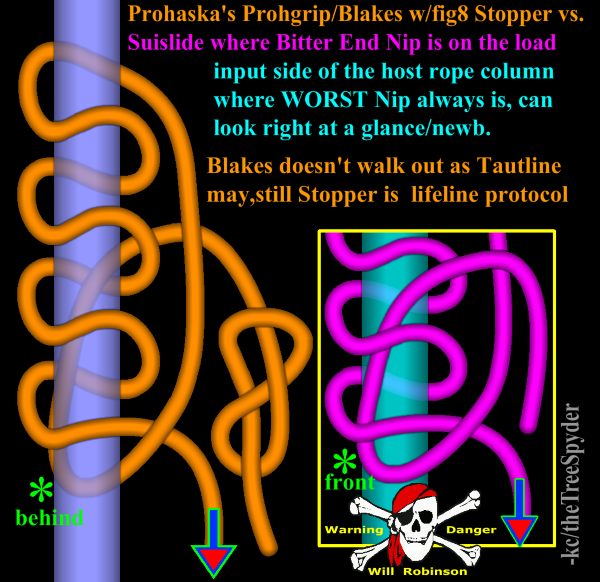Ax-man
Addicted to ArboristSite
I agree, that has been the best cord for a VT of the all the ones I have tried so far. It slips a little when it is new, but once it gets broke in it grabs on cue and releases easily and doesn't seem to gather as much heat on a desent like the other cords.
The trouble is finding the stuff, there is only place that I know of that has it, we both probaly got it from the same place and they don't always have it in stock.
Larry
The trouble is finding the stuff, there is only place that I know of that has it, we both probaly got it from the same place and they don't always have it in stock.
Larry






